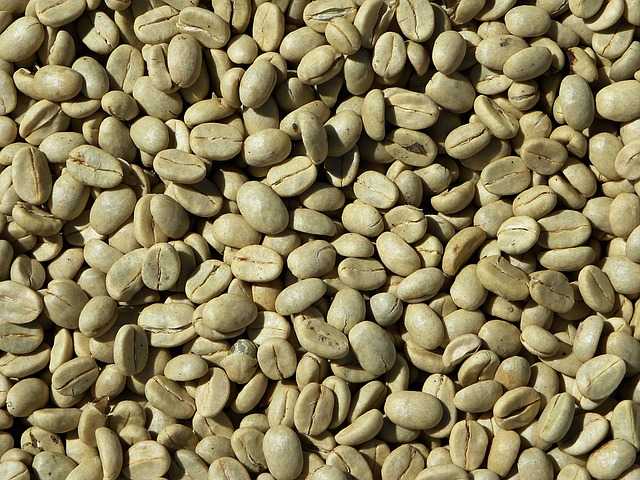MILAN — US-based financial services company StoneX released the results of its Crop Tour, led for the sixth consecutive year through Brazil’s main coffee producing regions. More than 100 municipalities were visited in the main producing regions of the country, in the states of Bahia, Espírito Santo, Minas Gerais, and São Paulo.
At the end of the field survey, the New York-based firm released a forecast of Brazilian production for crop year 2024/25.
The crop is estimated at 67 million bags, a 4.2% increase over 2023/24. Arabica production is seen at 44.3 million bags, up 3.6% on year. Robusta production is expected to come in at 22.7 million, or a 5.4% improvement over the previous year.
Figures for crop year 2023/24 were raised by almost two mllion bags to 64.27 million, versus 62.3 million estimated so far.
The upward revision is entirely attributable to Arabicas, whose production estimate was raised to 42.7 million, compared to the 40.7 previously indicated.
On the other hand, the estimate for the Robusta production underwent a slight downward revision (-100 thousand bags) to 21.5 million.
Back to the estimate for 2024/25, production is expected to increase in most of the main producing areas.
In Matas de Minas (Arabica), production will grow to 9.2 million (+20%), thanks to a positive year in the biennial cycle.
On the other hand, Cerrado Mineiro will be in its off-biennial year, a trend that reflects the impacts of the frost in 2021. Production is expected to drop to 5.4 million, with a 27.3% decline over year.
South of Minas will have a harvest of 16.2 million crop (+4.7%). Production in the state of Sao Paulo is also seen to grow, reaching 6.3 million (+3.9%).
In Espírito Santo, the Robusta crop will grow by 6.6%, to 16.2 million. Arabica production will be in its on-biennial year and will rise by as much as 24.9%, totaling 4.1 million. Bahia will have a production of 2.6 million of Robusta (+2.2%) and 1.4 million of Arabica (+13.1%).
Rondônia will see its production grow further by 2.8%, to 3.3 million, with productivity levels (58 bags/ha) now in line with those of Espírito Santo and Bahia. Paraná production will grow marginally to approximately 800 thousand bags.
The report from StoneX stresses the impact that both La Niña and El Niño have had in recent years. The latter caused a sequence of heatwaves in Brazil that exceeded 40ºC in much of the coffee belt.
Additionally, due to the phenomenon, a large part of the coffee belt had rainfall volumes well below average in September, October, November, and December 2023, a critical development period for production in 2024.
StoneX also highlights the great disparity in estimates, ranging from Conab’s official estimate of 58 million to to values above 70 million bags, according to private organizations.

















 CAPS: the new proprietary system using capsules made of 85% recycled aluminium
CAPS: the new proprietary system using capsules made of 85% recycled aluminium